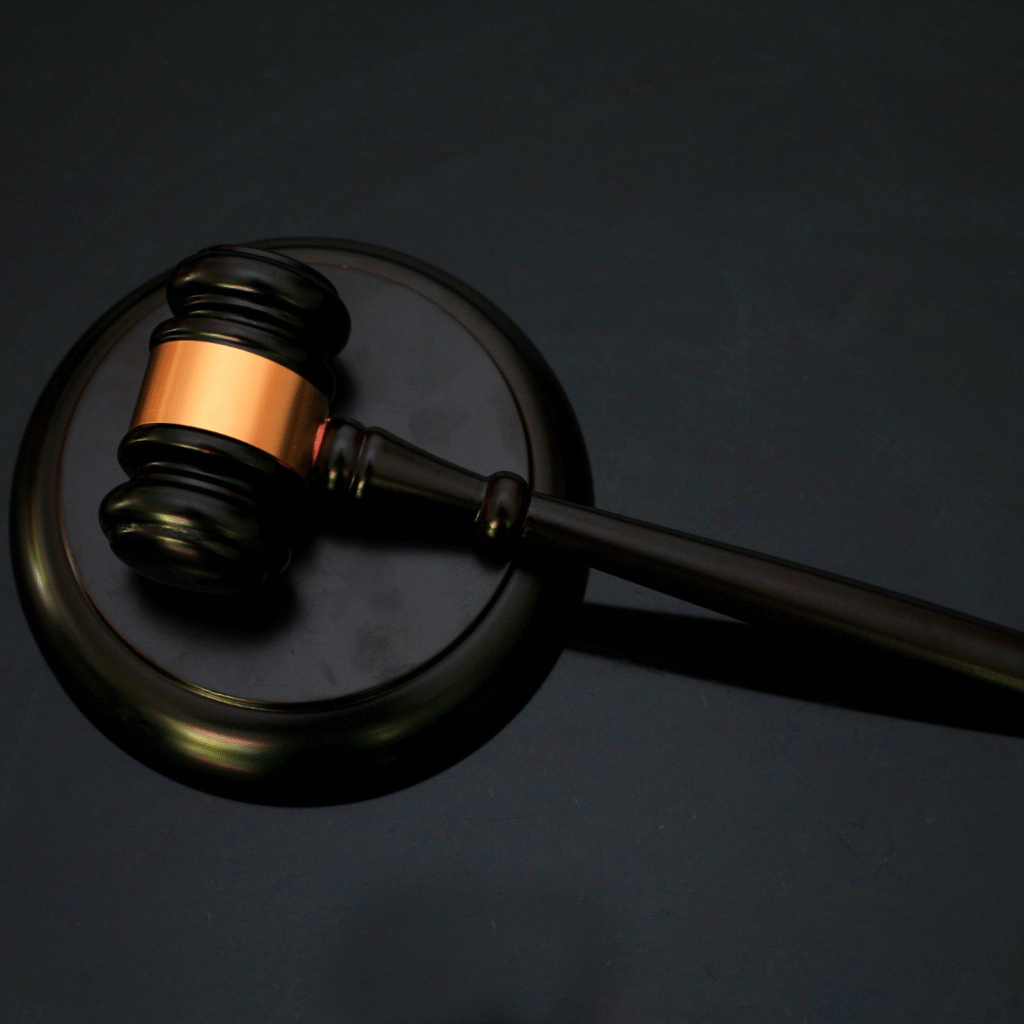Ford Asbestos Lawsuit Dismissed by Ohio Appeals Court

October 24, 2025 | JacobiJournal.com — An asbestos lawsuit against Ford Motor Co. has been dismissed by an Ohio appellate court, which found the product liability claims were improperly filed in state court. The ruling determined that the alleged exposure lacked sufficient connection to Ford’s Ohio operations, marking a significant jurisdictional win for the automaker. Court Reaffirms Jurisdictional Limits in Asbestos Litigation The panel held that the plaintiffs failed to establish sufficient ties between the alleged asbestos exposure and Ford’s Ohio operations, leading to the dismissal of the asbestos lawsuit. The court emphasized that jurisdictional rules under state and federal law prevent forum-shopping in asbestos lawsuits, especially when plaintiffs or exposure incidents occurred outside Ohio. Legal experts note that this Ford asbestos lawsuit decision reinforces the tightening standards for product liability jurisdiction in complex toxic tort cases. Ford’s Legal Victory Reflects Tightening Product Liability Landscape Ford’s defense argued that allowing the case to proceed in Ohio would violate due process standards. The appellate court agreed, reinforcing strict venue and jurisdiction criteria that often protect manufacturers from out-of-state claims. The ruling is consistent with a growing judicial trend emphasizing nexus and forum appropriateness in complex tort actions. For insurers and corporate counsel, this case serves as a reminder that forum selection challenges remain a potent defense strategy in high-liability product cases. Implications for Insurers and Product Liability Defendants The decision highlights how jurisdictional control can affect insurance exposure and settlement dynamics in asbestos-related litigation. Insurers underwriting historical exposure policies may now see reduced defense obligations when jurisdiction is successfully contested. Industry observers suggest this may influence future coverage strategies, particularly in multi-state liability scenarios. For additional legal analysis, visit Bloomberg Law’s coverage of product liability jurisdictional trends. FAQs: Ford Asbestos Lawsuit Dismissal (2025) What was the basis for the Ford asbestos lawsuit dismissal? The Ohio appeals court found the case lacked sufficient jurisdictional ties to Ohio, meaning the lawsuit should not have been filed in that venue. How does this ruling affect future asbestos litigation? It reinforces stricter venue requirements, discouraging plaintiffs from filing in states where the alleged exposure did not occur. Does the decision impact insurance carriers? Yes. Insurers may face reduced defense costs when jurisdictional challenges succeed, limiting their exposure in unrelated forums. What precedent does this set for corporate defendants? It strengthens the argument for corporations to challenge out-of-state filings, particularly in legacy asbestos and toxic tort cases. Subscribe to JacobiJournal.com for weekly updates on insurance litigation, appellate rulings, and liability enforcement. 🔎 Read More from JacobiJournal.com:
NICB Reports 49% Spike in Insurance Fraud Tied to Identity Theft

October 20, 2025 | JacobiJournal.com — The National Insurance Crime Bureau (NICB) has reported a sharp 49% increase in insurance fraud cases involving identity theft and synthetic identities, marking one of the most significant fraud surges in recent years. Investigators say fraudsters are using stolen or fabricated identities to file false life insurance, healthcare reimbursement, and auto claim submissions. The trend reflects how cyber-enabled identity manipulation is fueling traditional insurance fraud schemes, often making detection harder for carriers and regulators alike. Synthetic Identities Driving Sophisticated Claim Schemes According to NICB analysts, many of the new cases involve synthetic identities—combinations of real and fake personal data used to create entirely new profiles. These synthetic claimants have been tied to false medical reimbursement requests and policies opened with fabricated beneficiaries. Experts warn that because these profiles can pass basic identity checks, insurers are increasingly vulnerable to digital-first fraud networks that exploit weak authentication processes. Life and Health Insurers See Growing Exposure Life and health insurance lines appear most affected by this year’s surge, with fraudulent actors targeting beneficiary databases and policy applications. NICB’s 2025 midyear review found that identity-based fraud has expanded from consumer policy abuse to organized criminal activity, sometimes involving multiple insurers. “These schemes often blend cybercrime with traditional claim fraud,” an NICB spokesperson said. “As digital verification expands, so does the surface area for exploitation.” Regulatory and Industry Response Emerging Regulators are responding by encouraging insurers to adopt multi-factor verification systems and cross-database fraud detection models. Insurers are also collaborating with NICB and law enforcement to share intelligence on synthetic claimants and compromised identity clusters. Industry observers predict that insurers who fail to integrate fraud analytics and biometric verification tools will face greater exposure to multi-claim identity manipulation. For the official NICB fraud trend report, visit the National Insurance Crime Bureau’s Fraud Resource Center. FAQs: Insurance Fraud Identity Theft Trends 2025 What did NICB report about identity theft and insurance fraud? NICB documented a 49% increase in insurance fraud tied to stolen or synthetic identities across multiple insurance sectors. Which types of insurance are most affected? Life and health insurance claims, along with some auto and property lines, are seeing the fastest rise in identity-linked fraud. What makes synthetic identity fraud difficult to detect? Synthetic identities blend real and fake data, often passing basic verification systems and enabling multiple false claims under different personas. How can insurers respond to this threat? Experts recommend biometric verification, AI-powered fraud analytics, and cross-industry data sharing through organizations like NICB. Stay informed on fraud enforcement and insurer liability —subscribe to JacobiJournal.com for expert weekly insights. 🔎 Read More from JacobiJournal.com: